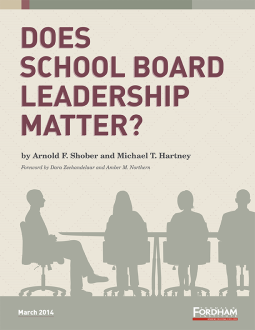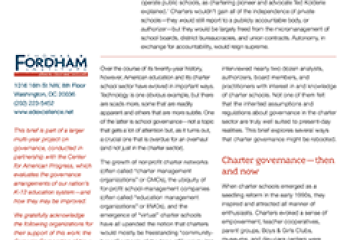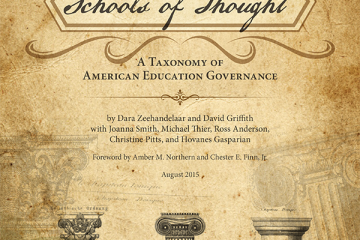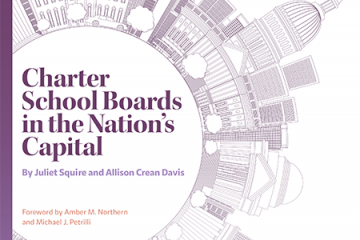Are the nation’s 90,000-plus school board members critical players in enhancing student learning? Are they part of the problem? Are they harmless bystanders? Among the takeaways are the following:
- Board members, by and large, possess accurate information about their districts when it comes to finance, teacher pay, collective bargaining, and class size. Whether they were knowledgeable from the outset or surround themselves with savvy staff and administrators, many are making decisions from an informed point of view.
- But such knowledge is not uniformly distributed. Surprisingly, members who were never educators themselves are more accurately informed than their peers who once were (or still are) educators. Likewise, political moderates appear to have more accurate knowledge than their liberal or conservative counterparts.
- A district’s success in “beating the odds” academically is related to board members’ focus on the improvement of academics. Unfortunately, not all board members have this focus; some prefer a broader approach, such as developing the “whole child.”
- Board members elected during on-cycle, at-large elections are more likely to serve in districts that “beat the odds” than those chosen by voters off-cycle or by ward. In some localities, how board members are elected may deter the best and brightest from taking on these key roles.
What does this mean for education governance? School board members and their attitudes do matter—so it’s important to take seriously who gets elected and how. Even as we strive to bring about structural reforms and governance innovations in the education system, we should also be working to get better results from the structures in place in most communities today.
____________
If you have questions about the book, please email Dara Zeehandelaar.
Policy Priority:
Topics:




